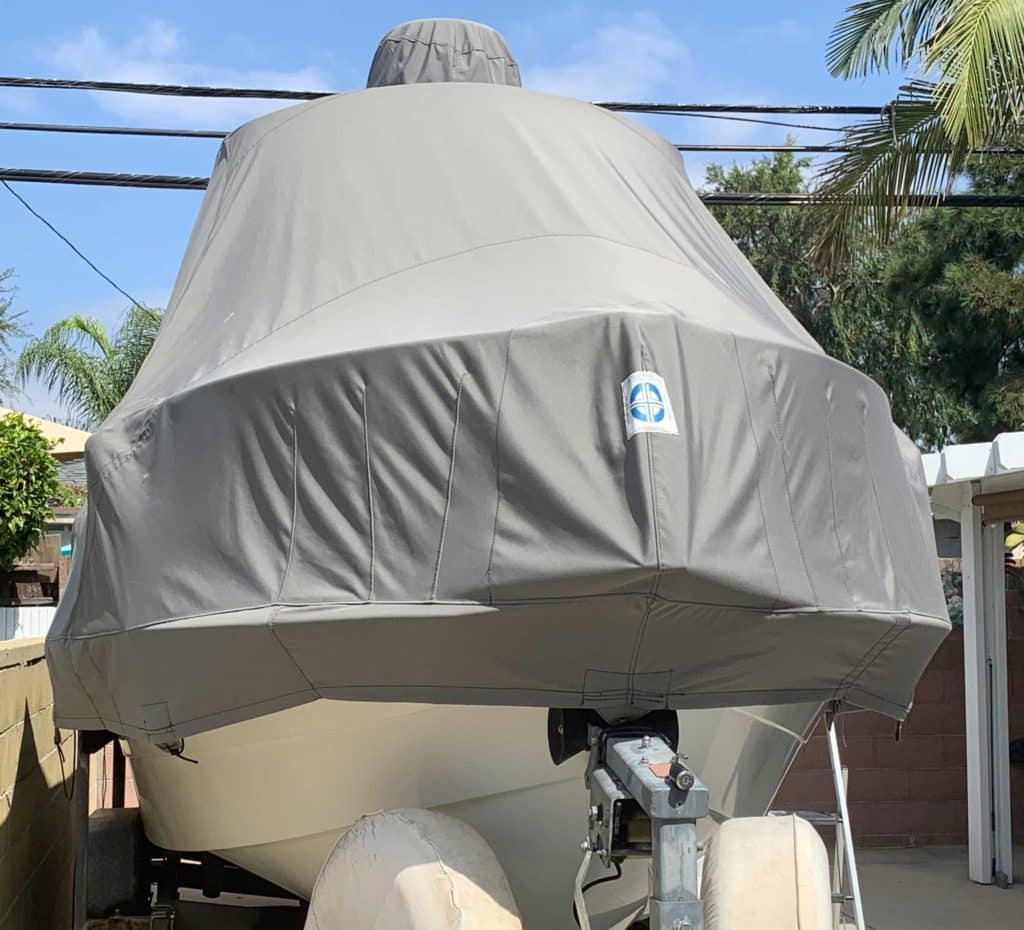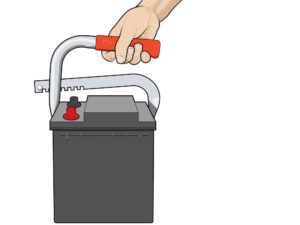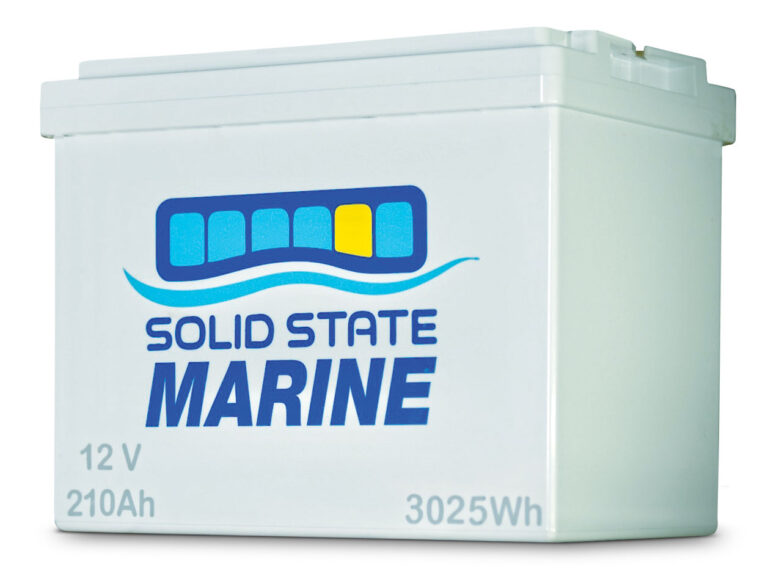
Marine upholstery represents comfort, aesthetic appeal and value. For tips on extending its life and beauty, we talked with Bill McDaniel, marine market manager for Sunbrella Horizon, which supplies high-quality marine vinyl fabrics to a wide range boatbuilders and fabricators. Be forewarned: Some of his advice goes contrary to conventional wisdom.
Top-Grade Vinyl
Most new-boat upholstery is made with top-grade marine vinyl from brands such as Sunbrella Horizon, Morbern or Spradling. When reupholstering, insist on similar-grade vinyl. “Selecting the right fabrics will ensure a beautiful and functional boat season after season and limit time spent on maintenance and repairs,” McDaniel says. Also, look for a warranty on the vinyl. “Horizon fabric offers a five-year warranty with a three-year warranty specific to microbial pinking,” he points out.
Cleaning Schedule
Today’s quality vinyl upholstery comes with some built-in resistance to water and stains, so it isn’t necessary to spend a lot of time cleaning after every use, McDaniel says. “However, I do recommend cleaning any major spills or marks as soon as possible,” he advises. Also, hose the fabric down at least once a month to address any dirt and debris buildup, he adds.
Scrubbing Agents
Always follow the instructions provided by the manufacturer when cleaning. “Most mild soaps and detergents will work on Horizon vinyls,” McDaniel says. For heavy cleaning, try bleach mixed with mild soap and water, or products like 303 Multi-Surface Cleaner, Star brite Vinyl Clean, Dawn dish soap or Resolve.
Read Next: 7 Boat Vinyl Care Products Tested
Cleaning Implements
“It’s generally best to avoid brushes, though brushes with very soft bristles may be used for cleaning mold and mildew,” McDaniel says. For spills, stick with a dry, nonabrasive towel, soft cloth or napkin. Art gum erasers, sponges and pads can also be used effectively against some types of stains, he adds.
Removing Stains
Ink and other highly adherent stains can be difficult to remove. For ink, McDaniel first recommends cleaning-eraser sponges and pads. “For stubborn stains, isopropyl (rubbing) alcohol can be used on Horizon and can be effective against ink stains,” he says.

Drying Upholstery
“You can certainly dry marine-vinyl upholstery to your preference, but there’s no need to dry it for minor levels of moisture,” McDaniel says. “Let the air take care of it.” For moderate to high levels of moisture, you may consider spot-drying, then letting the remaining moisture air-dry, he adds.
After Treatment
”It can be a good idea to treat it with something like 303 Fabric Guard after it’s clean and dry,” McDaniel says.
Pinking Pointers
Consistent care and cleaning can go a long way toward preventing pinking. Additionally, avoid using sunscreens containing PABA and other items in which the bacteria that causes pinking might thrive. You can also look for high-quality upholstery that will be more resistant to pinking to ensure longevity.

Cover Story
When the time comes to cover your boat, give the upholstery a thorough cleaning, then be sure to use a cover made of breathable material, McDaniel advises. “Tarps and other nonbreathable covers can trap moisture and lead to the growth of mold and mildew,” he points out.
Managing Mildew
“High-quality fabrics such as Sunbrella Horizon do not promote mildew growth, though it may grow on dirt or other substances if they aren’t removed from the fabric,” McDaniel says. To get rid of it, mix a cup of bleach with ¼ cup mild soap and 1 gallon of water. Coat the upholstery, and let it soak for around 15 minutes before cleaning with a nonabrasive sponge or towel. If needed, a very soft-bristle brush can be used, he says.









